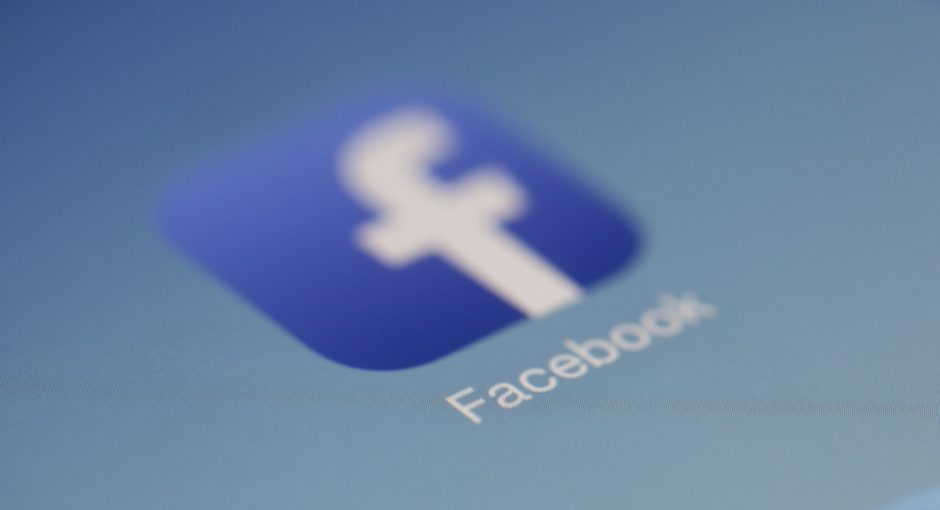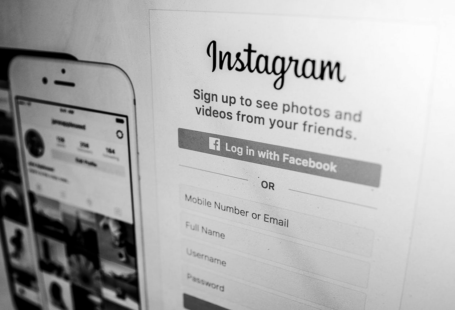There’s no denying that Facebook is the main social media channel for marketing, whether you’re in a B2C or B2B business.
Just take a look at Social Media Examiner’s 2019 Report, where it states that 67% of marketers say the single most important social platform to them is Facebook. In fact, 97% of B2C marketers are mostly focused on Facebook, while the number for B2B marketers decreases slightly to 91%.
Publishers have historically been reliant on Facebook, as it’s been the safest social media channel to distribute content for years. Platforms like Instagram and Snapchat can generate profit when used right, but they’re not the most preferred for consuming news and other written content.
However, no reign lasts forever. Although Facebook was once king of social media, its dominance in certain industries may very well be running out.
Is Facebook Marketing Dead?
We’ve all heard it:
“Engagement on Facebook is dropping”
“Facebook’s algorithmic changes are not letting our content reach people”
“You need to spend more money on ads”
“Organic reach on Facebook is dead”
The downfall of Facebook marketing has been talked about quite often as of recently, especially in the digital publishing industry. But it seems like many have yet to react to this.
Facebook marketing has become such a comfort zone for most marketers that they don’t want to let it go. And who can blame them? Facebook has 2.38 billion monthly active users as of March 2019. That sounds like a marketing paradise.
Yet, plenty of people have pointed out worrisome statistics.
Publishers are struggling to understand what to do with this information. As a result, they turn to Facebook Ads and blow their already-small-budgets on campaigns with underwhelming ROI.
So if Facebook Marketing is failing us, what can we do about it?
How can we ensure audience engagement if we can no longer rely on the most popular social media channel?
First, we should start by better understanding why Facebook has stopped being so effective. To do that, we need to look at what happens outside the platform.
Facebook Marketing & Recirculation
Since launching our Recirculation feature, we’ve been paying special attention to how recirculation numbers vary for our customers over time.
Going beyond the number of shares made in each social channel, we look at recirculation to understand which platforms are more efficient in retaining visitors to a website. Once we know that, we can determine which social media channels are better for distribution of content.
Facebook is hardly ever a winner here. In fact, looking at 10 different publishers with significant large audiences, only 1 of them has Facebook as the channel with the highest recirculation.
On average, recirculation is at 8,6% for Facebook, while Pinterest had 13,7% and LinkedIn 19,9%. Below Facebook was only Twitter, at 7,9%.
What does this mean?
If people are coming to an article from Facebook and don’t recirculate at all, that means they only view the article they clicked on and leave the page.
As discussed in our post about recirculation, Publishers have a hard time monetizing their users’ sessions when this happens. The higher the recirculation, the higher the reader loyalty, which also means that users are spending more than mere seconds on your page.
Looking at this data, we can easily say that people coming from Facebook are less likely to view more than what they came for.
They’re probably scrolling through their feed when they find something they want to read and, once they do, they quickly lose interest, only to return to scrolling.
Conclusion: not only are Facebook’s algorithms purposely showing less content from brands in users’ feeds, but the posts that do make it are hardly effective at retaining visitors.
Which social channel generates the most recirculation?
As seen in the graphic above, we also looked at recirculation from Copy & Paste Shares. This represents social shares that are made through copying and pasting a link into private channels (such as Messaging apps or Email).
In 7 out of 10 cases, the highest recirculation percentage came from Copy & Paste shares. On average, it was the channel with the highest recirculation at 21.1%.
Although most companies don’t have access to this data, these shares account for as much as 71% of social shares.
We call it Dark Social and it’s been the number one method of sharing for years. Seriously, just look it up or read our extensive guide on the subject.
Though we can’t really say that Dark Social is a social media channel on its own (at the end of the day, it can come from several different private channels), it doesn’t change the main takeaway from this data.
When users come from a private channel, they’re most likely see more than what was initially shared and, therefore, recirculate.
We’re social beings, after all. We don’t normally hesitate to open a link when a friend sends us an article on WhatsApp, or when co-workers share something on Slack.
On the other hand, how often do we come across an article in our Facebook feed that we actually open and read from start to finish?
How can publishers thrive without Facebook?
Having this insight into engagement metrics that go beyond likes and comments, we start to understand an important truth about the relationship between Facebook and businesses.
Though they may not want to face it, Publishers can no longer rely on Facebook the same way they did years ago. And that’s okay. As the Head of Global News Partnerships said, Facebook is not here to save them from their woes.
That’s because audience engagement and ROI go beyond what happens inside the platform. As with all other social media channels, marketers and editors should worry about how users actually use Facebook.
When we see that traffic from Facebook is decreasing drastically, it goes beyond the constant algorithm changes. Knowing what recirculation data tells us, it implies that people may simply not turn to Facebook for news and articles anymore.
So where can Publishers turn to?
Zuckerberg said it best: the future is private. More and more, people are turning to private messaging apps to communicate and share content.
By ignoring that, publishers are missing opportunities to create more meaningful engagements with their audience, understand what they are actually reading and sell more.
Apps like WhatsApp, Slack and even Email are generally more effective at improving loyalty to your page, so it’d be a mistake to ignore them. Make sure you’re tracking which content is thriving in private conversations and start understanding how you can win outside of public shares.
We talk more in depth about how to drive private conversations about your brand in our post about Instagram potentially deleting the ‘like’ feature.
Publishers can very well thrive without Facebook, so long as they accept to let it go.
Final notes
Though Facebook was once a comfortable place to distribute content, it’s become the source of many headaches for Publishers over the last years.
Algorithm changes are hard to adapt to, but that’s not all Publishers need to consider. Metrics such as recirculation and how users actually use Facebook are major contributors to the disappointing results.
We’ll let you to be the judge of whether Facebook marketing is currently a successful channel to retain users for your business or not.
Are you struggling to improve ROI on this social media platform? And how important is recirculation to your business? Let us know!
Interested in knowing more about Dark Social & Analytics?
[su_button url="https://getsocial.io" target="_blank" style="flat" background="#21D2B5" color="#ffffff" size="7" wide="no" center="yes" radius="auto" icon="" icon_color="#FFFFFF" text_shadow="none" desc="" onclick="" rel="" title="" id="" class=""]SIGN UP FOR FREE[/su_button]





